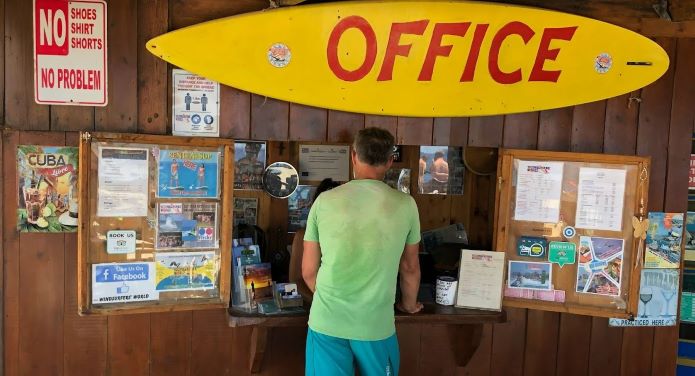Whenever I have some spare time, like this morning, I try to learn a little bit more about the ocean and its role to tackle the climate crisis. But the more I write about it, the more I feel the need to understand physical oceanography.
It’s Sunday morning, and I am sitting in an apartment in Bogota. Our eldest daughter has just started studying Marine Technology at the Norwegian University of Science and Technology. It’s been busy weeks. The last 7 months, I have been following how the humanitarian needs evolve as winter is approaching in Ukraine.
This week and the next I am in Colombia and El Salvador. The story here is very different; Organized armed violence and climate related events are two of the main reasons why people’s lives are destroyed and the prospects for a better future are put on hold.
I know nothing
Like I said, I need to have a clear understanding of the basics in the oceans. What governs the inner life of the oceans, and what are the physical laws at play? What do we need to understand to distinguish between good and bad ideas as we call for the blue economy to help us get out of this mess we have created?
My problem though is that I don’t have a natural science background. Social science education is of little help to understand vectors and partial derivatives. Semiotics, hermeneutics, price elasticity’s role to drive underdevelopment and interviewing 100 Senegalese women about their knowledge of human rights is not exactly what you need to calculate hydrostatic pressure.
It’s videos like the one below, that trigger my curiosity and need to understand.
The road to understanding physical oceanography
So here I am. I have decided to get it. At least the very basics of physical oceanography. And the more I understand, the more I will be able to write about it in an easy, precise manner, hopefully, and finally, to connect some dots between physical oceanography and the massive investments that will take place in the oceans and along the coasts as we head towards the year 2070.
I came across “Physical oceanography and Climate” by Kris Karnauskas on Google books. This is exactly what I was looking for. Karnauskas’ take is climate dynamics but from the unique perspective of the upper ocean. The “upper ocean” appeals to my windsurfing soul. It’s the interface between the upper ocean and the air all the windsurfing fun happens.

A guide to ocean news
Ocean news mean different things for different people. It can be everything from prehistoric giant fish, the quest for the best waves to surf, adventurers crossing the Atlantic, wind powered cargo ships, medicines from marine products, the discovery of new species living at depths of 5,000 meters, island states swallowed by the ocean or how US President Joe Biden’s Build Back Better plan affects deep sea mining in the Northern Pacific Ocean.
Language course
To understand these climate dynamics, we need mathematics. Three mathematical constructs permeate the book: Budgets, vectors and partial derivatives.
Karnauskas gives us a mathematics language crash course, because these constructs “facilitate a deeper understanding of the working of the ocean and its role in the climate system than words alone might.”
Now that I have starting point, I will write a new post whenever I have enough understanding to write about it. So, the first thing I will learn is partial differential equations rearranged in Eulerian statements. Doesn’t sound like the first lesson in a crash course though. (Btw Eulerian measurements are i.e., observation sites geographically fixed, whereas Lagrangian measurements involve i.e., following a parcel of fluid as it moves.
Cover photo: A good windsurfing session in Southeast of Norway in September, strong winds, not at all under control.


